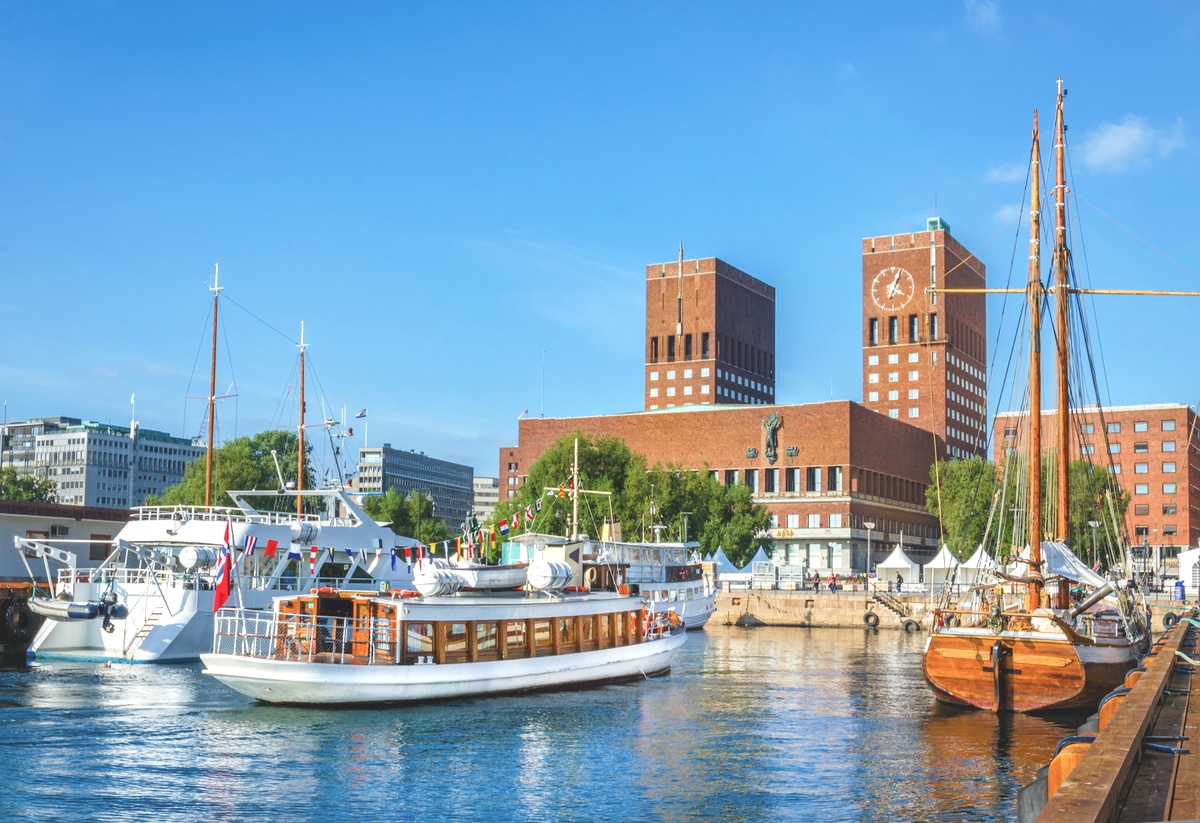Kon-Tiki Museum
A raft made of light balsa wood
Kon-Tiki is the name of the Inca sun god. The people of Central and South America once created a vast empire that dominated the subcontinent for a long period of time and was characterized by a high civilization. According to their traditions, the people came to Peru from the west and across the sea. The Norwegian ethnologist Heyerdahl could not agree with the theories of scientists and wanted to prove that the island world of Polynesia was settled from South America and that it was once Egyptians who transported the secrets of making pyramids to Mexico.
Even today, the answer to the questions of where the early migrants of South America came from is one of the great mysteries of the present day. In the spring of 1947, Thor Heyerdahl set sail on his balsa wood raft in the Peruvian port town of Callao and named it Kon-Tiki.
The problem of a cultural affinity
The original of this raft, with which the Norwegian "Columbus" and five companions undertook this voyage of exploration, can be admired today in the Kon-Tiki Museum outside the port of Oslo. Heyerdahl had chosen a light wood for his raft because he was convinced that it would bring him very close to his Indian models. Not a screw or a nail was used in its construction - only ropes held the raft together with its nine-meter-high mast. Although Heyerdahl had little nautical knowledge and was by no means seaworthy, he embarked on a journey of several thousand miles.
After exactly 101 days, the Kon-Tiki, carried by the whims of the wind, landed on Rarola Reef in Polynesia. The Norwegian had already dealt with this region during his doctoral thesis. "Polynesia and America - the problem of their cultural affinity," he called his work.
Also on a great voyage with the "Ra
After his first expedition, Thor Heyerdahl wrote a book that became a bestseller, and he received an Oscar for his film about the Kon-Tiki. With the income generated, the Norwegian finally financed the journey with the "Ra", a boat made of papyrus reeds, with which he wanted to prove that the Egyptians also managed to get across the ocean to America. To this day, scientists follow his theories only to a limited extent, but the exhibits from these unique research voyages have been preserved and can be marveled at in Oslo's Kon-Tiki Museum.
The Kon-Tiki raft is there in its original condition, and the Ra II has been restored. There is also a library in the museum with over eight thousand books - some from Thor Heyerdahl's archive. Also preserved are original manuscripts, diaries, letters and an extraordinary photographic material.





